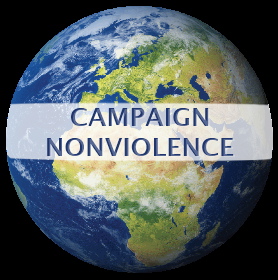by Terry Messman

Rev. Phillip Lawson, c. 2012; photographer unknown
“Love and compassion are what sustain me. Love and you can learn how to live. I told the Council of Elders this. When you are down and depressed, or hurting or grieving, the most powerful thing you can do to sustain yourself is to go do something for someone else who is hurting.” Rev. Phil Lawson.
Street Spirit: Rev. Lawson, you told me that when you were growing up, you realized that horrific violence was directed against the black community — Jim Crow laws, segregation, lynching. In the face of that violence, why did you make a commitment to nonviolence at age 15 that has lasted for the past 65 years?
Nonviolence is a way of life that leads to community.
Rev. Phil Lawson: I’m firm in my understanding and beliefs, Terry, that nonviolence is a way of life. Rather than a tactic or a strategy to overcome problems, nonviolence is a way of life that leads to community. You cannot build community on violence, whether it’s psychological violence, economic violence, cultural or environmental violence. Regardless of the adjective you put before the word “violence,” violence will not produce community. And the goal of my life, and I think for most human beings, is community. The opposite of slavery is not freedom, but community. The opposite of abuse and oppression is not just to be free of that, but to live in a community where that abuse is infrequent, where that is not supported, where that is not structural. We live in a nation in which violence is structural; it is not personal. Racism is structural.
Read the rest of this article »











